
Accumulation of the fluid in the knee joint or around thejoint is generally known as water on the knee or knee effusion. Every jointcontains so-called synovial fluid, which works as lubricant in the joint. It isresponsible to nourish the joint cartilage, but also the aid the movement ofthat particular joint.
Water on the knee can cause serious swelling of the knee,accompanied with pain and stiffness. Around the bones of the knee, manypatients feel certain puffiness. This medical problem can limit the movement ofthe affected person, and every time the patient tries to straighten or bend theknee he might experience intense pain. The pain provoked by knee effusion is foundto decrease when the affected person get some rest.
What Causes Water on the Knee
Physical injuries and traumas of the joint can provoke buildupof excess fluid in and around the knee. Athletes who overused their knees andpeople suffered from cartilage tear or knee fracture are most likely toexperience this painful condition.
Arthritis, especially osteoarthritis, rheumatoid arthritis, pseudogoutand gout are also conditions where patients might expect water on the knee asthe accompanying symptom of the primary disease. Swelling and accumulation offluids is one of the main characteristics of arthritis, while patientssuffering from osteoarthritis can expect chronic breakdown of the jointcartilage. Both of these conditions can lead to fluid accumulation in thejoints. Patients suffering from diabetes, cysts and tumors are also very likelyto experience water on the knee.
Obesity can also be the cause of knee effusion, since theextra weight can add even more pressure to the knee. Most doctors recommendcareful physical activity for these patients in order to lose some of theexcess weight, because additional strain on their already damaged knee mayworsen current situation.
Can You Treat Water on the Knee
Before any treatment, you must discover the cause of kneeeffusion in your case. Doctors commonly use X-rays, MRI (magnetic resonanceimaging), joint aspiration and blood tests, to determine the root cause of yourproblem. Once they know what’s causing the problem, doctors will prescribeproper therapy.
Corticosteroid injections are used when there is a largeamount of accumulated fluids. If the joint aspiration confirms the infection,doctors usually prescribe some antibiotic medications.
Pseudogout and gout-related knee effusions are treated withcorticosteroid injections, colchicine and/or NSAIDs (non-steroidalanti-inflammatory drugs). To prevent recurrent water on the knee provoked bygout, doctors might also use probenecid or allopurinol.
Arthroscopic surgery can also be used to examine and repairdamaged knee joint. People whose joints become so severely damaged that theycan’t stand upright may be suggested to undergo a knee replacement surgery.



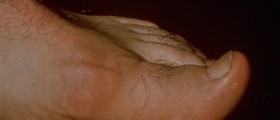
-Symptoms,-Diagnosis,-Treatment_f_280x120.jpg)


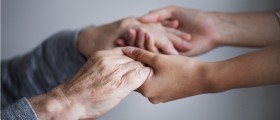
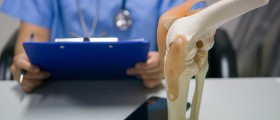



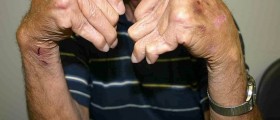

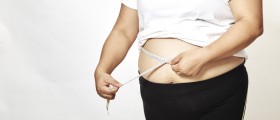

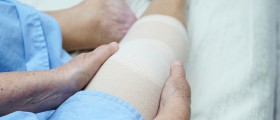
Your thoughts on this
Loading...